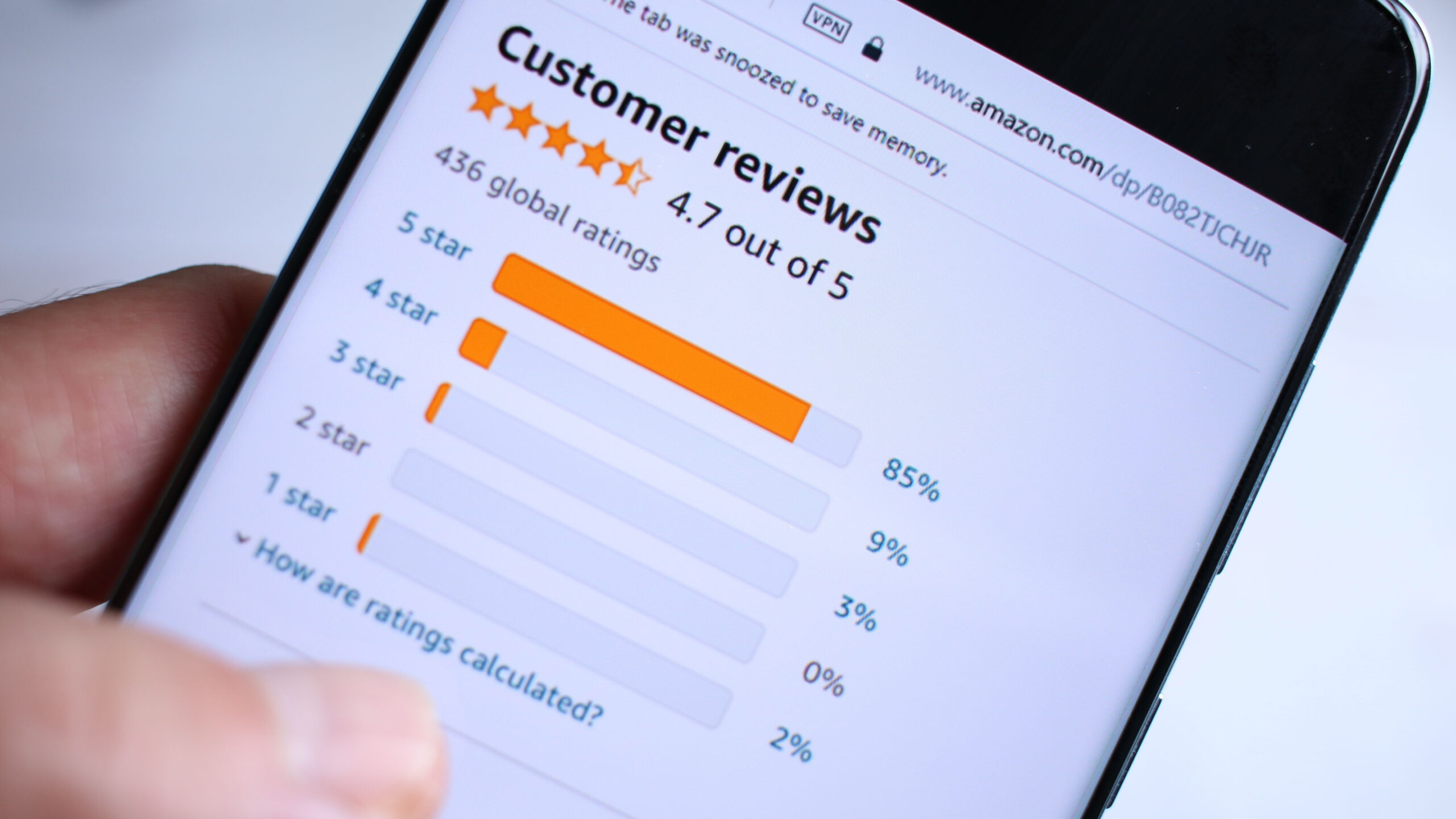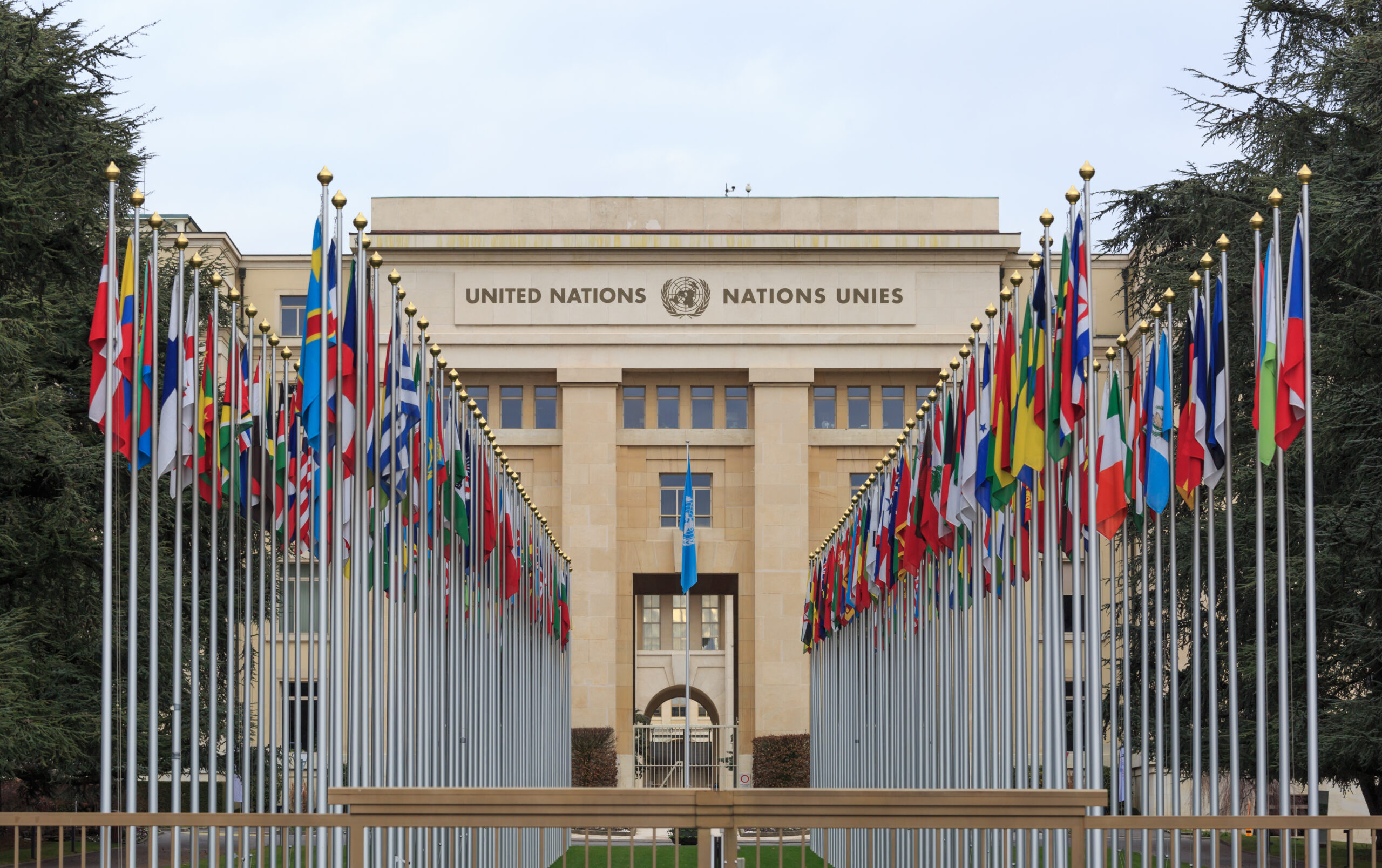UK CAT: Policing the Process in Facebook/GIPHY

A little over a month ago the United Kingdom’s Competition Appeals Tribunal (CAT) heard arguments in Meta’s appeal against the UK Competition and Markets Authority (CMA) order that Meta (Facebook’s mother company) unwind its previously completed acquisition of GIPHY, the provider of a searchable GIF database and related services. The CMA’s order was premised on a rather questionable theory of harm. While ostensibly about innovation and dynamic competition, the CMA’s arguments basically boiled down to “any reduction in the number of players in the market must be blocked, no matter how insignificant nor how beneficial the transaction”.
Such an approach has obviously problematic consequences for innovation, investment, and entrepreneurship. These effects would be felt not only in the UK, which is in a state of regulatory competition with the European Union, but also internationally due to competition law’s extraterritorial reach. The CAT’s judgement will surely touch upon the extent to which the CMA is able to apply the law in this way, but the hearing revealed another important aspect of the case.
Indeed, on the first day of the hearing, it was revealed that the CMA withheld for about 14 months the fact that Snap had purchased Gfycat (a GIPHY rival, as some had pointed out in the administrative process). The CMA also withheld the fact that Snap had been interested in purchasing GIPHY, but only at a much lower valuation. Snap valued GIPHY at $142 million (not the $315 million that Meta agreed to pay) and, as Meta’s lawyers argued, placed virtually zero value on GIPHY’s nascent display advertising business.
Rights of Defence
Meta argued that withholding this information impacted its rights of defence, that it was not able to properly rebut the CMA’s claims of anticompetitive effects, because it did not have all the facts. Not only were the display advertising and social media markets far more competitive than the CMA alleged, but Snap was also competing on that market with an integrated service model that combined a GIF library, advertising, and social media services. The CMA’s counter-argument was that this was confidential information that it was bound not to disclose. The CMA had this information, but its investigation, final report, and decision did not appear to account for it.
Nor did the CMA’s decision appear to account for the significantly lower valuation that Snap independently made of GIPHY. Indeed, if GIPHY’s nascent “paid alignment” display advertising offering was going to be the next big thing, then Snap’s purchase price would have been much higher. Meta’s lawyers argued, rather, that the $315 million purchase price offered by Meta was not because of the future value of GIPHY’s nascent advertising business.
In other words, this was not a “killer acquisition”, a concept popularised by anti-tech advocates, but only identified in pharmaceutical markets. Rather, the valuation was primarily about unlocking synergies between GIPHY and Meta’s existing social media ecosystem, driving ecosystem-to-ecosystem competition and improving Meta’s competitive offering for the benefit of consumers. Again, the CMA argued that it was right to withhold this information on confidentiality grounds, despite the impact it would have on Meta’s ability to defend the transaction.
An Impartial and Objective Decision Maker
All of this calls into question the CMA’s role in merger proceedings. Is it meant to be an impartial and objective decision maker, or more of a prosecutor – seeking every advantage in an equal battle of arms in front of a judge?
The law requires the former, especially given the limits of the CAT’s judicial review, and the procedural advantages that merger control grants the competition authority. Due to the tight timelines and changing market circumstances, a deal that is blocked or even delayed can fall through completely, even if a Court ultimately reverses the authority’s decision.
Given the (somewhat unfair) criticism the CMA received for its approval of Facebook’s acquisition of Instagram, its extremely cautious approach here is somewhat understandable (though unjustified and potentially illegal). But merger control is supposed to be a case-by-case assessment based on evidence and objective review.
Competition authorities should not be seeking to punish companies’ future deals simply because they feel like it. With their vast investigatory powers, they are empowered to leave no stone unturned. But when they come across information that contradicts a preconceived narrative, they are obliged to adjust their assessment accordingly.
That is why it’s critically important to have thorough and robust judicial review, especially in today’s climate of tech-lash. It is dangerous to start thinking that the ends justify the means, and even more dangerous when competition authorities are tempted to take short-cuts in assessment.
The Courts must continue to play their role in policing the process and defending the rule of law, because bashing large technology companies might appear politically useful to some, but it can cause real-world harm on the economy, companies, and consumers.
Editor’s Note: Kay Jebelli is counsel to the Computer & Communications Industry Association (CCIA). CCIA was admitted as intervener in support of Meta’s appeal.








